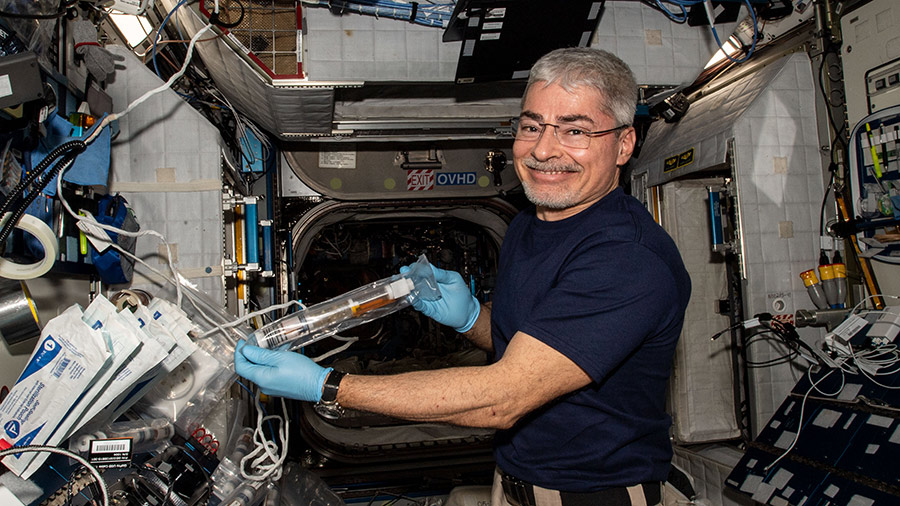Houston (NASA PR) – Astronaut NASA Mark Vande Hey has lived in space continuously for 300 days since launching and docked into the laboratory that orbits on April 9, 2021. He is on his way to surpass the mission of Christina Koch on March 3 and Scott Kelly’s 340 Day on March 15. Vande Hei will return to earth on March 30 with an expert astronaut NASA-solving 355 consecutive days in Earth’s orbit Capcom Woody Hobaugh from Mission Control in Houston congratulated Vande Hey and flight engineer Pyotr Dubrov to reach their 300 day milestones today. Listen to downlink audio.
Vande Hey arrived at the station on the Soyuz MS-18 crew with Dubrov and Soyuz Commander Oleg Novitskiy. Novitskiy returned to earth on October 17, 2021, with participants of SpaceFlight Yulia Peresild and Klim Shipenko. Dubrov will remain at the station with Vande Hey and parachute to landing with the commander of Anton Shkaplerov Station in Kazakhstan on the Soyuz crew at the end of March.
Meanwhile, on top of the International Space Station today, the expedition crew continued biology and human research activities. Scientists will use data to learn how to improve health in space and the earth.
Flight engineer King Chari of NASA and Matthias Maurer of ESA (European Space Agency) joined each other Wednesday afternoon for a study of the visual function in the KIBO Laboratory module. The investigation explores how micro affects vascular functions and renovation networks in the eye. NASA flight engineer Kayla Barron participated in other vision studies that explore how visual astronauts interpret movement, orientation, and distance in space.
Chiti then examined the eyes of the NASA flight engineer Thomas Marshburn using medical imaging equipment, or optical coherence tomography. Maurer helped the couple in the afternoon, but started his day preparing virtual reality equipment for the training session at the Columbus Laboratory module SHKAPLEROV spends Thursday serving video videos, transferring cargo from the Prichal docking module, and preparing Earth’s observation hardware. Dubrov and Vande Hei partnered together and installed internal wireless teeth in the Russian segment of the station during the afternoon.

